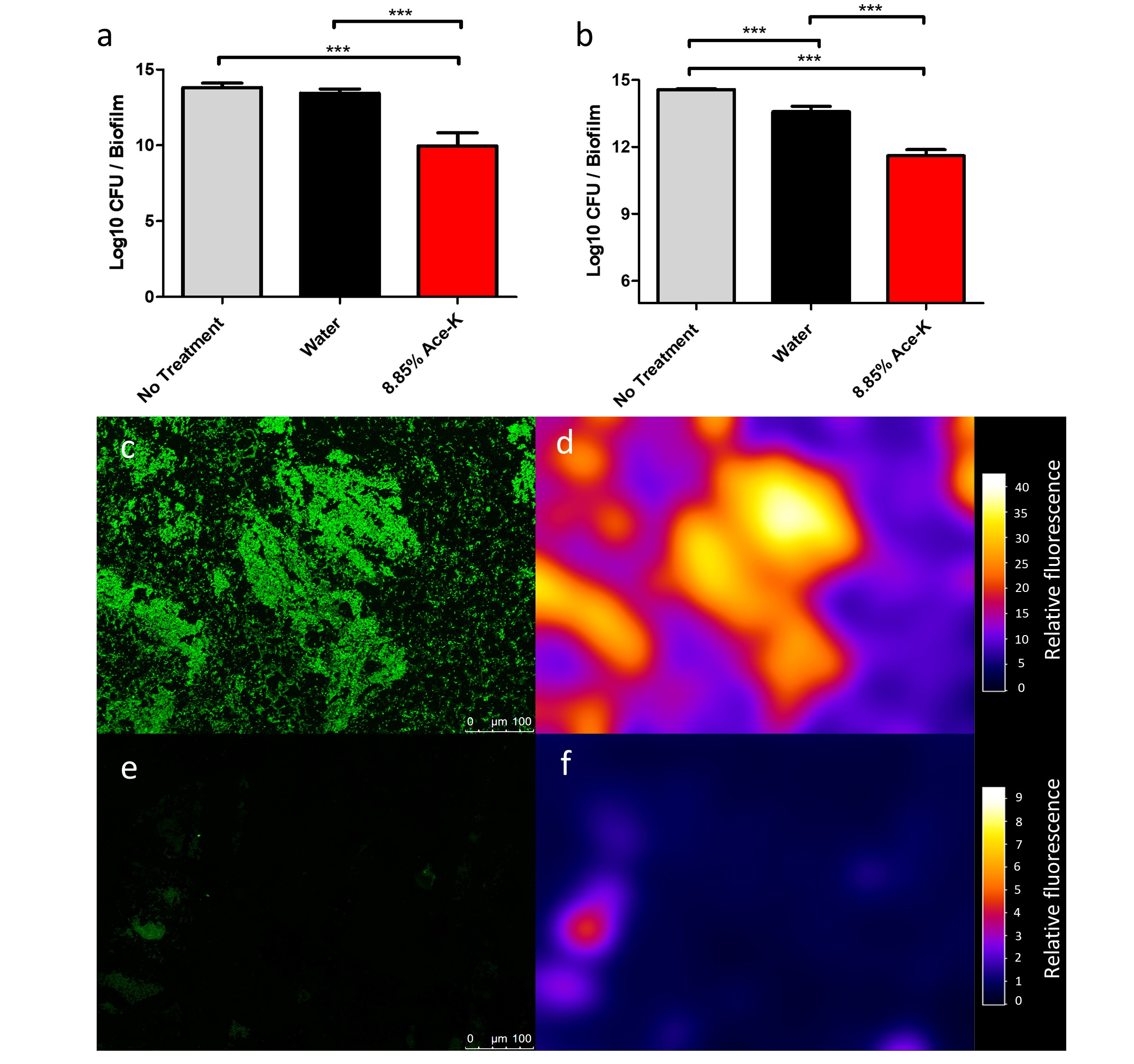Artificial sweeteners have been shown to inhibit multidrug resistant bacteria and to improve antibiotic bactericidal activity. Sugar substitutes found in many supermarket foods have been shown to kill off antibiotic-resistant bacteria that cause pneumonia and sepsis.
The number of bacteria becoming resistant to antibiotics is growing and this poses a serious threat to human health and wellbeing. However, the efforts to combat this could be helped by a key discovery about the complex processes that enable bacteria to thrive, as well as those that don't. A 'post-antibiotic era' is becoming a reality, and more weapons are needed in the fight against pathogenic bacteria.
The fight against superbugs
Three artificial sweeteners used in products such as diet drinks, yoghurts and desserts dramatically halt the growth of multidrug-resistant priority pathogens. The additives not only disable bacteria that cause several serious infections, but they also reduce the bacteria’s resistance to commonly used antibiotics, meaning less are needed.
‘sugar free’ soda could kill very dangerous bacteria
 This discovery, published by the European Molecular Biology Organization’s journal Molecular Medicine, could lead the fight against superbugs. “Artificial sweeteners are present in all diet and sugar-free foods,” said Brunel University London bioscientist Dr Ronan McCarthy (pictured). “We discovered that these same sweeteners that you have with your coffee or in your ‘sugar free’ soda could kill very dangerous bacteria and make them easier to treat.
This discovery, published by the European Molecular Biology Organization’s journal Molecular Medicine, could lead the fight against superbugs. “Artificial sweeteners are present in all diet and sugar-free foods,” said Brunel University London bioscientist Dr Ronan McCarthy (pictured). “We discovered that these same sweeteners that you have with your coffee or in your ‘sugar free’ soda could kill very dangerous bacteria and make them easier to treat.
“This is very exciting because normally it takes billions of dollars and decades to develop a new antibiotic drug, whereas we found a compound which can not only fight the pathogenic bacteria but also reverse its resistance to already existing antibiotics.”
Antibiotics revolutionised treatment for bacterial infections and have saved millions of lives. But bacteria’s rat-like ability to survive and adapt means that as soon as a new antibiotic comes into use, resistant ‘superbugs’ appear. This repeating cycle happens naturally, but overusing antibiotics and not disposing of them properly has made it worse.
“It has created a dangerous situation where a ‘post-antibiotic era’ is becoming a reality,” said study leader Dr McCarthy at Brunel’s Centre of Inflammation Research and Translational Medicine. “It threatens all aspects of healthcare, from cancer treatment to dental work.”
The researchers found that the sweeteners including:
- saccharin,
- cyclamate and
- acesulfame-K (called Ace-K)
curb the two ‘priority pathogens’ the World Health Organization says most urgently need new antibiotic treatments.
Used in yoghurts, diet drinks and desserts, Ace-K can completely stop the growth of both priority pathogens Acinetobacter baumannii and aeruginosa. The two are super dangerous for people who are critically ill or have compromised immune systems, such as chemotherapy patients.
Zoning in on the 200-times-sweeter-than-sugar Ace-K, the team found it stops pathogens forming protective biofilms, which would usually help them stick around and cause chronic infections and develop antibiotic resistance. And when used with antibiotics, Ace-K increased their killing power, meaning lower doses of antibiotics may be needed to treat a patient.
Now working on further preclinical testing, the team say all three sweeteners could offer potential new treatments for multidrug-resistant infection and potentially be developed to replace antibiotics in some situations.
“With this work,” Dr McCarthy said, “we have found a potential weapon that can be used in the war against superbugs.”

Ace-K (K for killer)
Figure showing A. baumannii cells are grown on glass microscope slides and then treated for 1 hour an ace-K-soaked gauze. The cells fluoresce green and after the treatment it is clear there are a lot less cells visible on the slide. The orangey coloured panels are just a fluorescent intensity rendering of the green images.
A bacterium, virus, or other microorganism that can cause disease.
Full medical glossary


